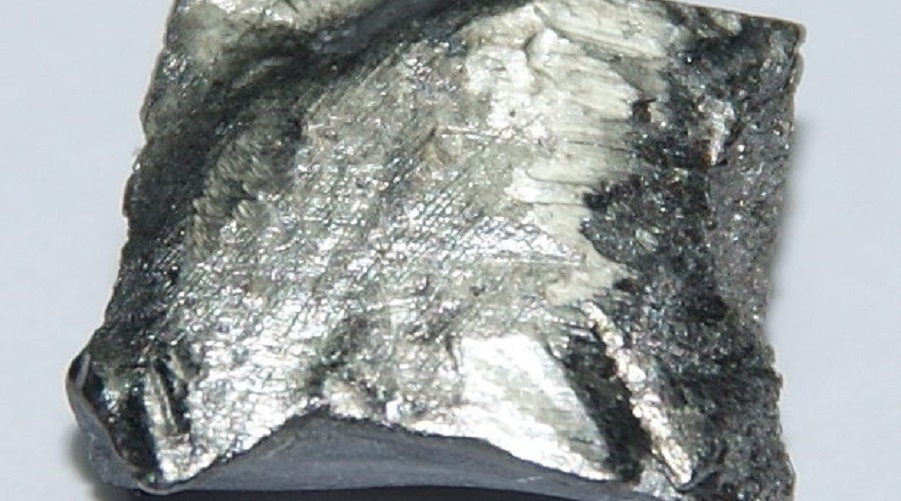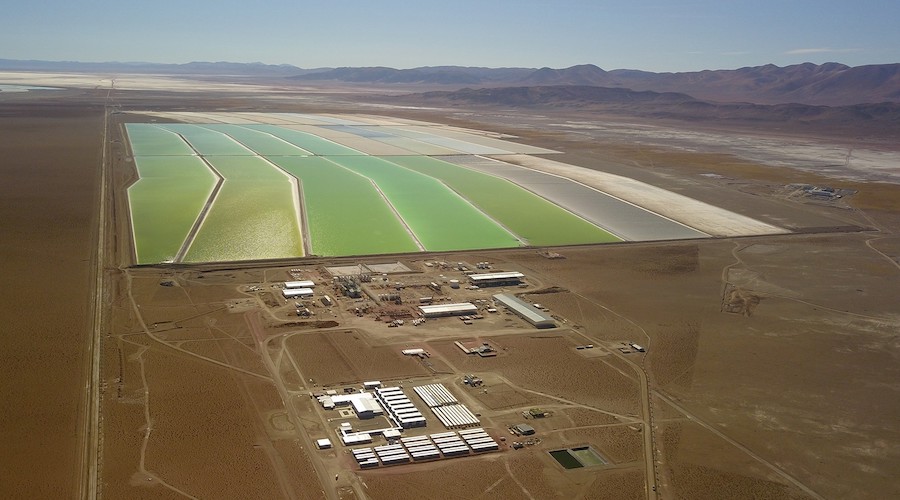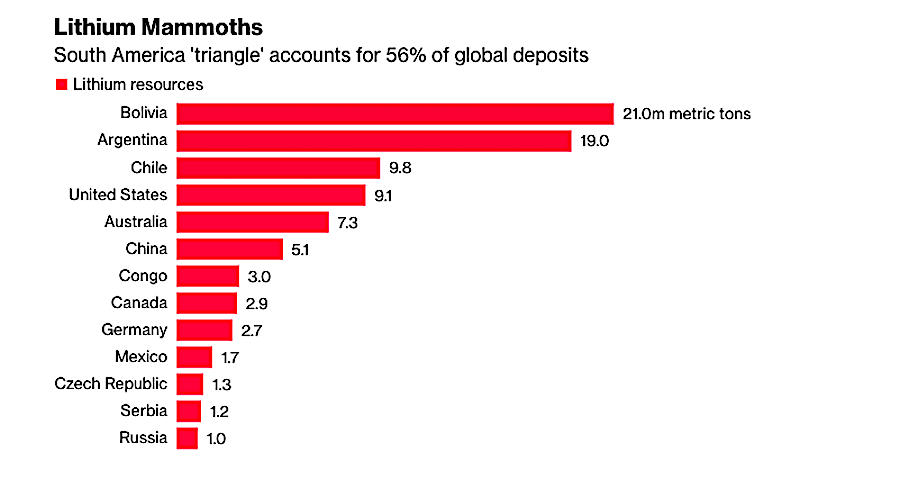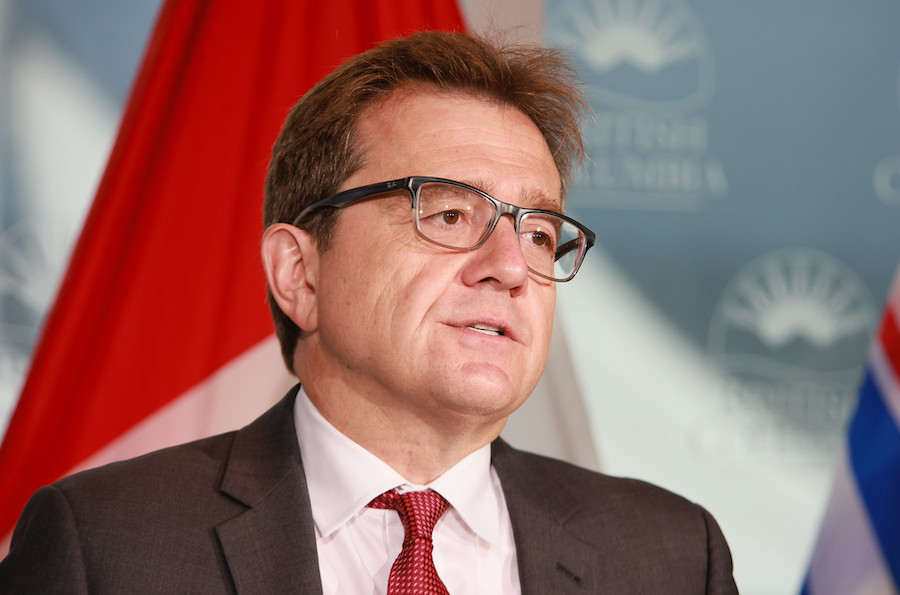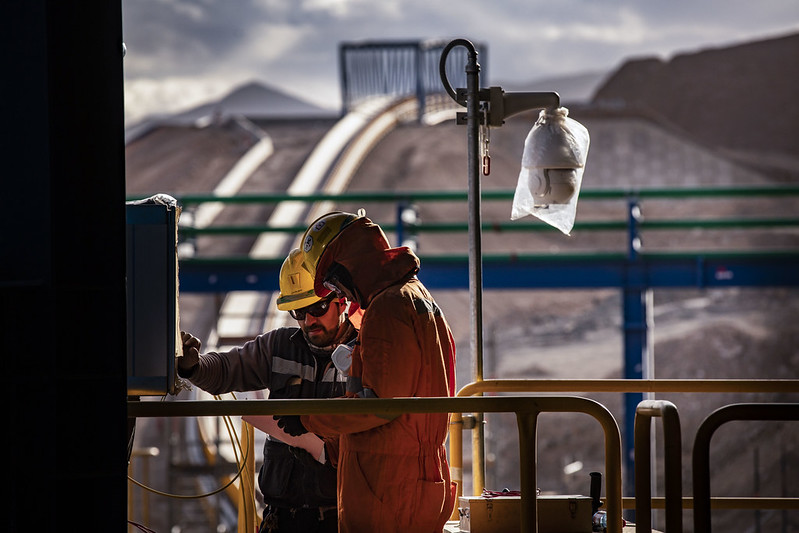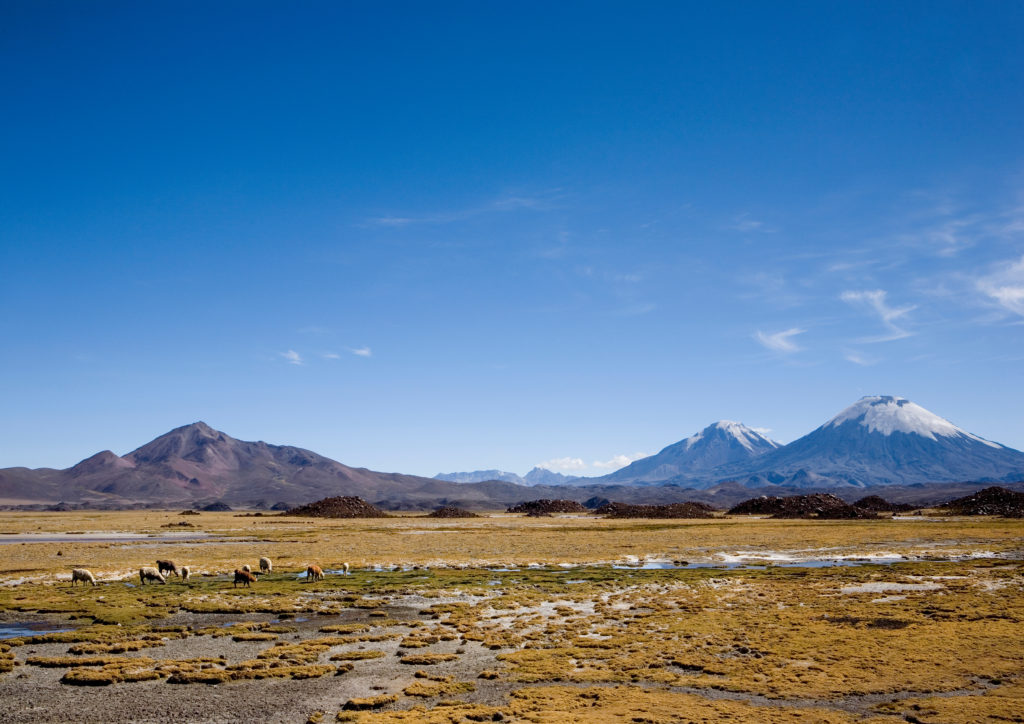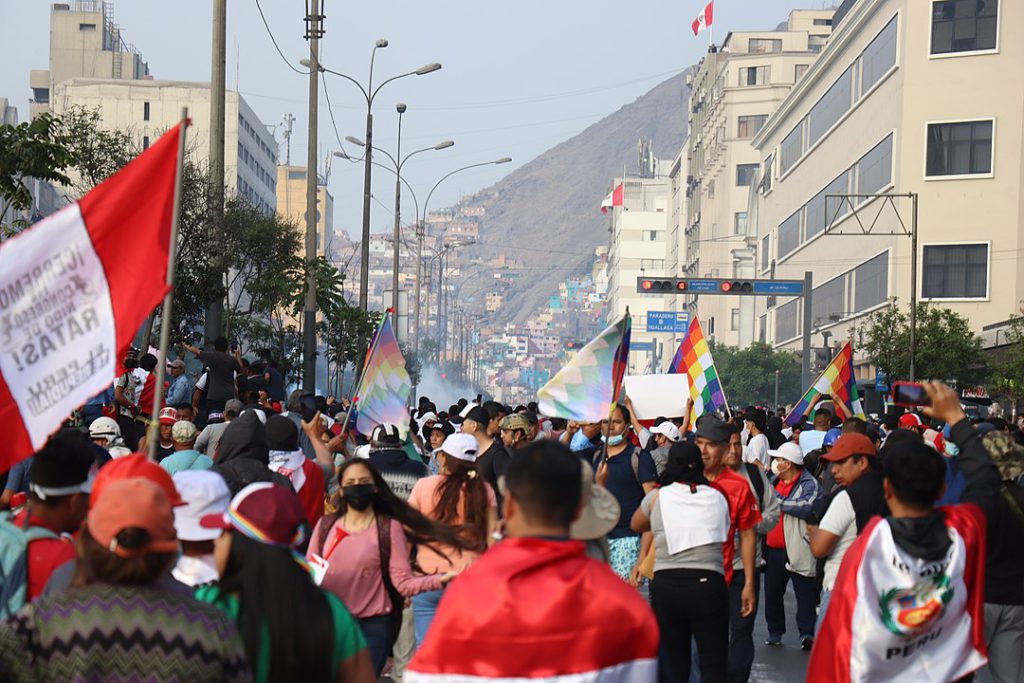Issued on: 07/03/2023
Beirut (AFP) – Israeli warplanes killed three people in a raid on Syria's Aleppo airport Tuesday, a war monitor said after the strike which, according to a Syrian official, halted earthquake aid flights.
The airport has been a major conduit for relief flights since a February 6 earthquake devastated swathes of southeastern Turkey and neighbouring Syria.
A transport ministry official in Syria said the aid flights were among those brought to a stop from Aleppo, Syria's second city.
The British-based Syrian Observatory for Human Rights, which has a network of sources in war-torn Syria, said "a Syrian officer" and two people of unknown nationality were killed in the air strike.
Syria's defence ministry said the strike occurred at 2:07 am (2307 GMT Monday).
"The Israeli enemy carried out an air attack from the Mediterranean west of Latakia targeting Aleppo international airport," a ministry statement said.
It added that the damage forced authorities to close the airport to all flights.
More than 80 aid flights have landed in Aleppo over the past month with relief supplies for quake-hit areas, transport ministry official Suleiman Khalil told AFP.
"It is no longer possible to receive aid flights until the damage has been repaired," he said, adding the strike had put the runway out of service.
Aid diverted
Aid deliveries have been diverted to Damascus and Latakia airports, a ministry statement said.
State news agency SANA said Syrian air defences had gone into action against "enemy missiles".
An Israeli military spokesperson declined to comment on the reported strike.
The Observatory said the airport was expected to reopen in a few days after repair work.
Syria's foreign ministry decried a "double crime", saying the strike targeted "a civilian airport... and one of the key channels for the arrival of humanitarian aid" to victims of the quake which killed around 6,000 people in Syria.
It marked the second Israeli attack on government-held areas since the 7.8-magnitude quake that killed more than 50,000 people in the two countries.
On February 19, an Israeli air strike killed 15 people in a Damascus district housing state security agencies, the Observatory said.
Damascus ally Iran condemned the latest strike as "a "crime against humanity".
"While the Syrian earthquake victims in Aleppo are experiencing difficult conditions, the Zionist regime (Israel) is attacking Aleppo airport," foreign ministry spokesman Nasser Kanani said in a statement.
Israel has attacked Aleppo and Damascus airports several times in recent years.
A strike on the Aleppo facility last September put it out of service for a few days. That attack targeted a warehouse used by Iran-backed militias, the Observatory said at the time.
Since civil war erupted in Syria in 2011, Israel has carried out hundreds of air raids against its neighbour, primarily targeting positions of the Syrian army and its Iranian and Hezbollah allies.
The Israeli military rarely comments on individual strikes against Syria, but has vowed repeatedly to keep up its air campaign to stop arch foe Iran consolidating its presence.






